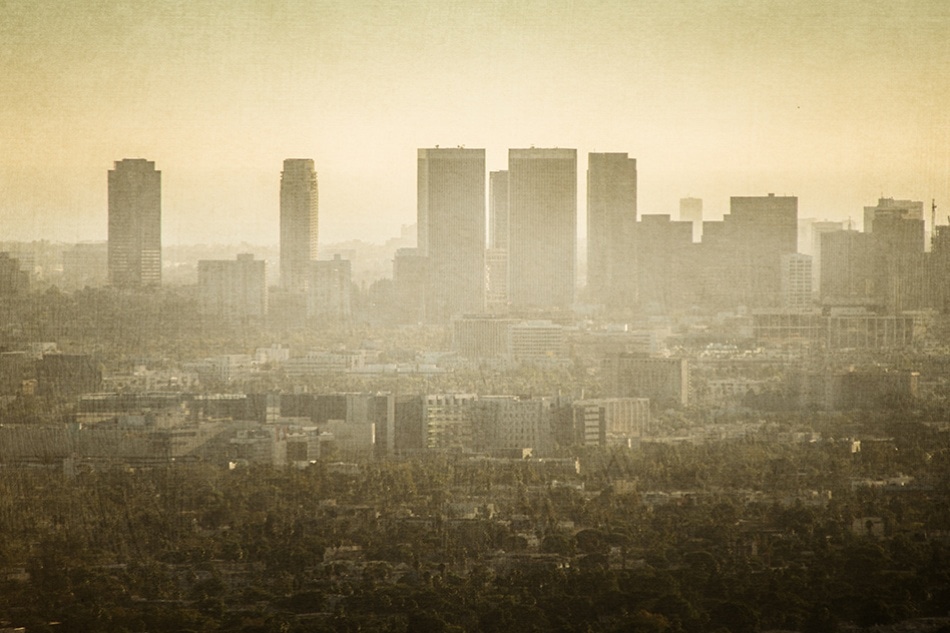Aug 30 2018
Ian Marius Peters, who is an MIT research scientist at present, earlier worked on solar energy research in 2013 in Singapore when he came across an unusual cloud of pollution. Suddenly, the city was engulfed in a foul-smelling cloud of haze, which was so thick that it was hard to see the buildings on one side of a street from the other; the air had the pungent smell of burning.
 Results have just been published from a years-long project trying to quantify just how urban-based solar installations are affected by hazes, which tend to be concentrated in dense cities. (Image credit: MIT)
Results have just been published from a years-long project trying to quantify just how urban-based solar installations are affected by hazes, which tend to be concentrated in dense cities. (Image credit: MIT)
The incident, set off by forest fires in Indonesia and condensed by unusual wind patterns, lasted two weeks, rapidly making stores to run out of face masks since people snapped them up to help their breathing.
At the time when others were addressing the public health problems caused by the thick air pollution, Peters’ co-worker Andre Nobre from Cleantech Energy Corp., whose area of research is also solar energy, thought about the effect of such hazes on the output of solar panels in the region. This resulted in a years-long study to attempt at quantifying the influence of hazes, which are concentrated in dense cities, on urban-based solar installations.
At present, the results of that study have been reported in the Energy & Environmental Science journal, and the outcomes indicate that these effects are in fact substantial. In certain cases, it can suggest the difference between a successful solar power installation and one that fails to fulfill the expected production levels - and probably functions at a loss.
After initial data collection on the amount of solar radiation that reaches the ground as well as the amount of particulate matter in the air measured using other instruments, Peters collaborated with MIT associate professor of mechanical engineering Tonio Buonassisi and three others to find a solution to calculate the amount of sunlight that absorbed or scattered by haze before it reaches the solar panels. Astonishingly, it was highly difficult to find the data required to determine the level of absorption.
Ultimately, they could collect data in Delhi, India, that provided measures of insolation and of pollution over a two-year period - and confirmed considerable reductions in the solar-panel output. However, in contrast to Singapore, they found that “in Delhi it’s constant. There’s never a day without pollution,” stated Peters. There, they found the annual average attenuation level of the solar panel output was around 12%.
Although this might not seem to be a large amount, Peters indicates that it is larger compared to profit margins for certain solar installations, and hence could literally be adequate to make the difference between a successful project and one that fails—not only affecting that project but also prospectively causing a ripple effect by deterring others from investing in solar projects. If an installation’s size is dependent on anticipated levels of sunlight that reach the ground in that region, without taking the impacts of haze into account, it will instead fall short of fulfilling its intended output and its anticipated revenues.
“When you’re doing project planning, if you haven’t considered air pollution, you’re going to undersize, and get a wrong estimate of your return on investment,” stated Peters.
Following the detailed Delhi study, the researchers investigated preliminary data from 16 other cities across the globe and discovered effects ranging from 2% for Singapore to more than 9% for Dakha, Beijing, Kolkata, and Ulan Bator. Moreover, they analyzed the way different types of solar cells—cadmium telluride, gallium arsenide, and perovskite - are influenced by the hazes due to their different spectral responses. All of them were influenced even more powerfully than the standard silicon panels initially studied by them, with perovskite, a highly propitious innovative solar cell material, being influenced the most (with more than 17% attenuation in Delhi).
Several countries across the globe have been opting for greater installation of urban solar panels, where India’s goal is 40 GW of rooftop solar installations, while China already has 22 GW of them. A majority of these are in urban areas. Therefore, the influence of these reductions in output could be very severe, the researchers stated.
In Delhi alone, the revenue lost from power generation could be as much as $20 million per year; about $16 million for Kolkata; and about $10 million per year for each Beijing and Shanghai, the researchers estimated. Planned installations in Los Angeles could lose about $6 million–$9 million.
They predicted that the overall potential losses “could easily amount to hundreds of millions, if not billions of dollars annually.” Moreover, if systems are under-designed due to a failure to account for hazes, that could also influence overall system reliability, they stated.
Peters stated that the major health benefits related to the reduction in the levels of air pollution should be motivating enough for nations to take rigid measures, but this research “hopefully is another small piece of showing that we really should improve air quality in cities, and showing that it really matters.”
The research group also included S. Karthik of Cleantech Energy Corp. in Singapore and Haohui L. of the National University of Singapore. The study was supported by Singapore’s National Research Foundation through the Singapore-MIT Alliance for Research and Technology and by the U.S. Department of Energy and National Science Foundation.